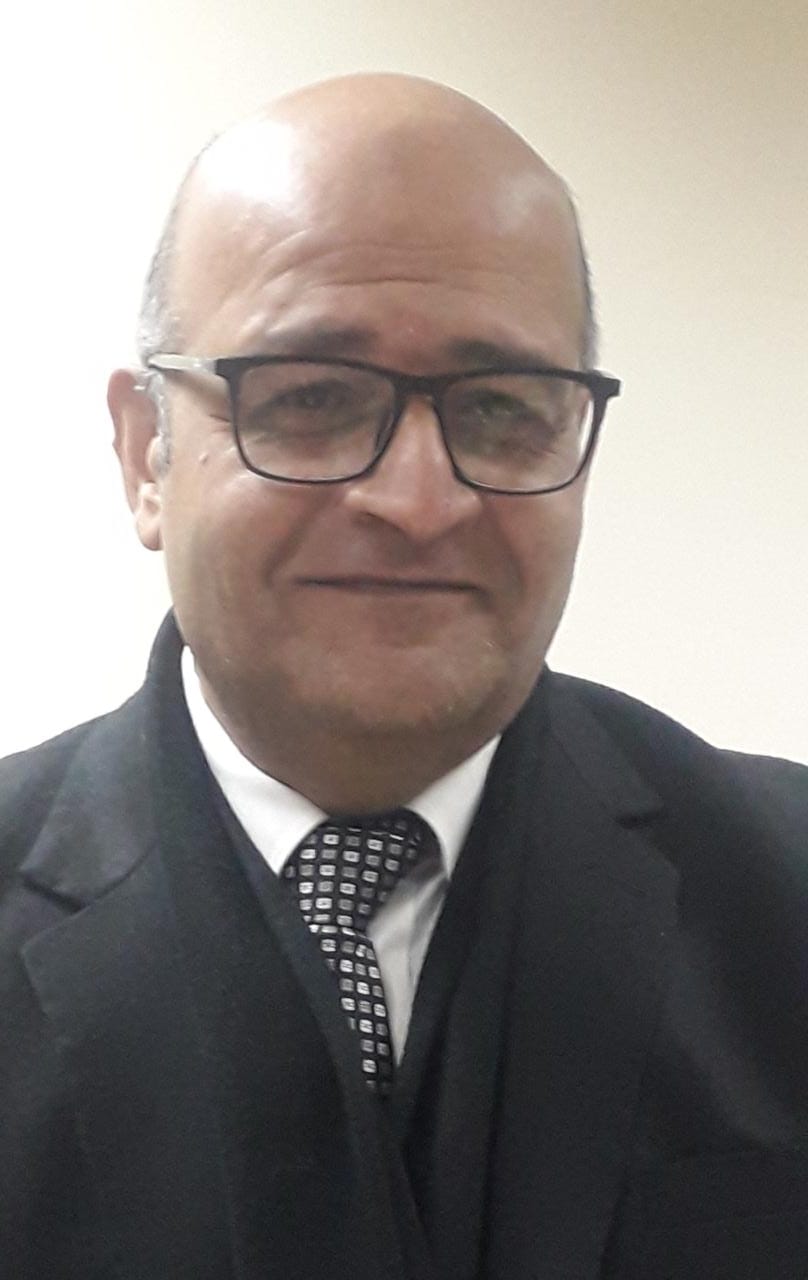





Heba M.A. Khalil and Sanaa, S.H. Sarabana( 2009). Application Of Sewage Sludge In Composting Technology For Eradication Of
Pathogenic Bacteria
Australian Journal of Basic and Applied Sciences, 3(4): 4591-4600, 2009
ISSN 1991-8178
Abstract: The conducted work included , eradication of pathogenic bacteria by the recycling of some organic residues through compost processing, and investigation on the impacts of using such produced composts for inducing the safe agricultural production. The organic residues were mixed at ratios to attain comparable initial C/N ratio of about 30:1 through all the tested heaps before composting. The composting process was conducted for 10 weeks whereas the final C/N ratios were 13.2 and 14.39 For the two types sewage sludge and cow dung of produced compost, respectively. No significant difference between the type of pile in Physical and chemical analysis were determined during the composting process including bulk density, moisture content dry matter, organic matter, total nitrogen 4 3 ammoniacal nitrogen (NH - N), nitrate (NO N), pH, EC, temperature + - and C/N ratio, at periods of 0, 7, 14, 21, 28, 56, 84 an 110 days. As well as the change with increasing in the microbial population in sewage sludge than bagasse. On the other hand change with reducing in pathogenic bacteria [total fecal Coliform, salmonella and Shigella]. The effect of application compost (two types) cow dung and sewage sludge, compared with inorganic on barley plants were grown in pots in sandy soil for 110 days. Dry weight and N, P, K for barley plant in grain yield and straw cultivated in organic manure. As well as increasing in the count of soil microflora (bacteria, actinomycetes and fungi) at the periods of 0, 1, 3, 7, 15, 30, 45, 60, 90 and 110 days from barley seeding and also in 2 increasing the microbial activity by CO and dehydrogenase activity in that period time. In addition to reduction in total pathogenic bacteria especially in sewage sludge pale.
Keywords: (Sewage sludge, Composting technology, Pathogenic bacteria, Eradication, Bagasse.)